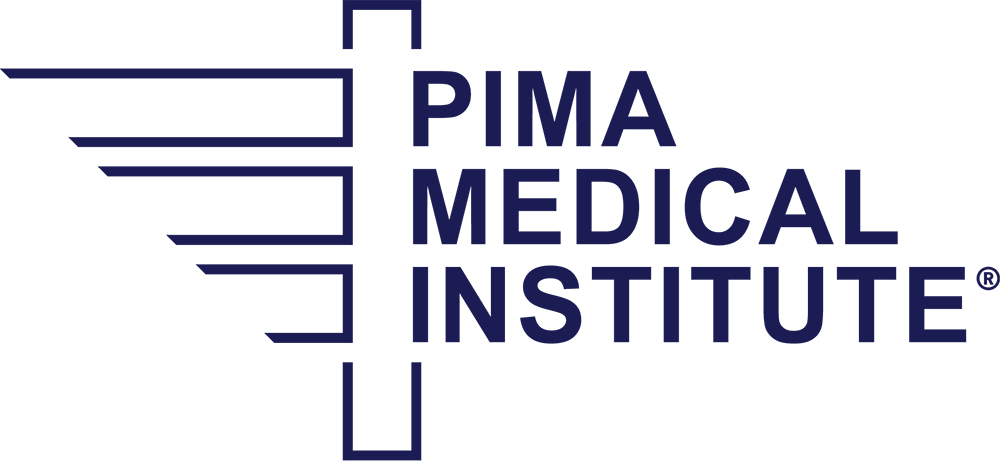The Arizona Daily Mix interviews Denise Krockenberg, Director of Clinical Education, Respiratory Therapy, Mesa Campus.
During the height of the COVID-19 Pandemic, there was a raised awareness of the respiratory therapy field and the job done by respiratory therapists (RTs). The high-demand and stressful work done by these licensed professionals created an increased need in the profession in the U.S. and around the world.
RTs specialize in helping patients who are having breathing issues as a result of a disease, illness, injury and other conditions including lung cancer, asthma, bronchitis, pneumonia and COPD.
Because the COVID-19 virus affects the respiratory system, RTs were and continue to be an integral part of the medical care team. Often leading the treatment from the “head of the bed,” RTs must be able to work under pressure. Despite the pressures of this career, it is still highly desirable to many looking for a career in healthcare.
A recent article in U.S News & World Report, ranked the respiratory therapy field #6 for Best Healthcare Jobs and #16 for Best Jobs for 2022. The Bureau of Labor Statistics (BLS) also reports that employment for respiratory therapists is projected to grow 23 percent between 2020 and 2030. Furthermore, the BLS predicts more than 10,000 openings for respiratory therapists, on average, over the next decade.
In order to become a respiratory therapist and enter the growing field, you will need, at minimum, an associate degree from an accredited college or university. Once you’ve completed your education and externship, you will have to obtain your license and certification through the National Board for Respiratory Care.
At Pima Medical, our Respiratory Therapy program takes approximately 21 months to complete and prepares you to sit for the credentialing exams.
If a career in respiratory care is your calling, now is a great time to get started.



